“Some argue that showing nature as pristine denies the reality of human influence on our planet. This is the reality that we all see on a daily basis – something, which in many cases, is devoid of any connection to nature. So it could be said that these images are selling a false image of nature.” says Tim Plowden.
Between commercial nature imagery and photojournalistic realism there’s a space for something else. We can show that we are part of nature and that our culture is intertwined with it.
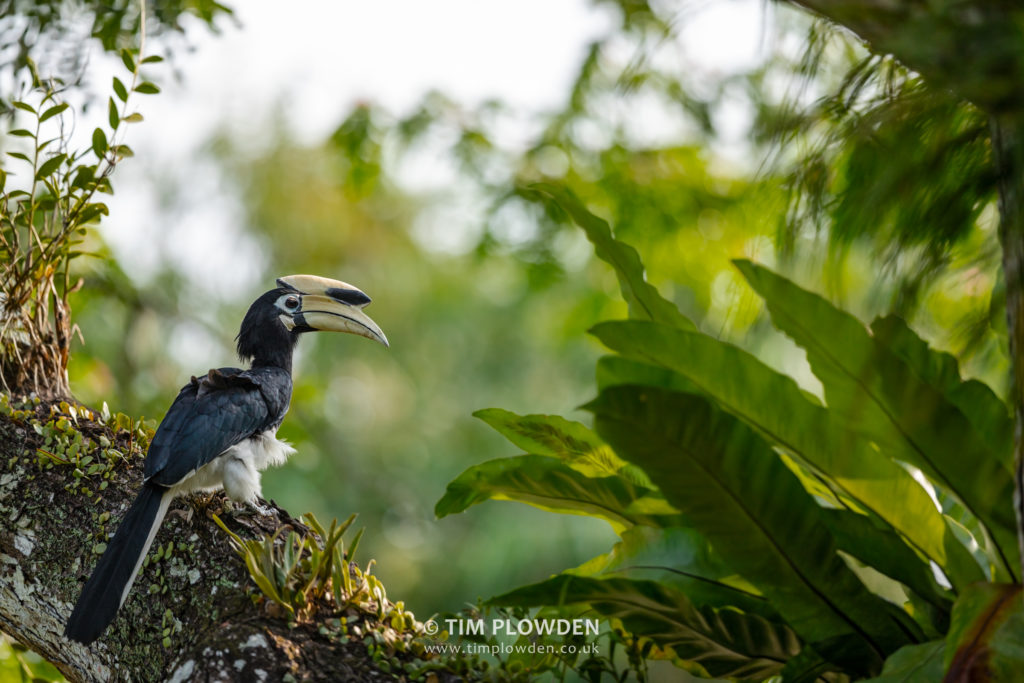

This is something that Singapore-based wildlife photographer, documentary filmmaker and writer Tim Plowden feels keenly. “Like millions of other people, I grew up with a TV diet that included wildlife films as a staple. Whether that be Attenborough’s Life on the BBC or Survival on ITV, each depicted compelling behaviour of wild animals using stunning imagery. Much of the wildlife photography in magazines and books that I read as a child, mirrored the same visual representation of pristine nature. This is what is expected of a wildlife photograph yet it is an abstraction of reality.”
With an early project photographing roe deer in the English countryside he could see the blurred line between human impact and wild nature: “In that pastoral idyll, there was the obvious influence of industrial-scale agriculture where some wildlife has managed to adapt. I loved it there and, to have spent so much time developing an intimate familiarity with a specific landscape while gaining the trust of wild animals, is like a dream to me now.
“With patience you can unravel this complex relationship we have with nature.”
“In time,” Tim continues, “I became familiar with individual deer and was able to capture something of their character.
“I developed a sensitivity and empathy with them and learned so much from the experience: be that from studying their natural history, developing field skills and honing photography skills to building relationships with people working in the countryside.
“It also led me to develop an interest in their natural predators, who are missing from the British Isles.” It was this that inspired his subsequent trips overseas in search of them. “With patience you can unravel this complex relationship we have with nature.”
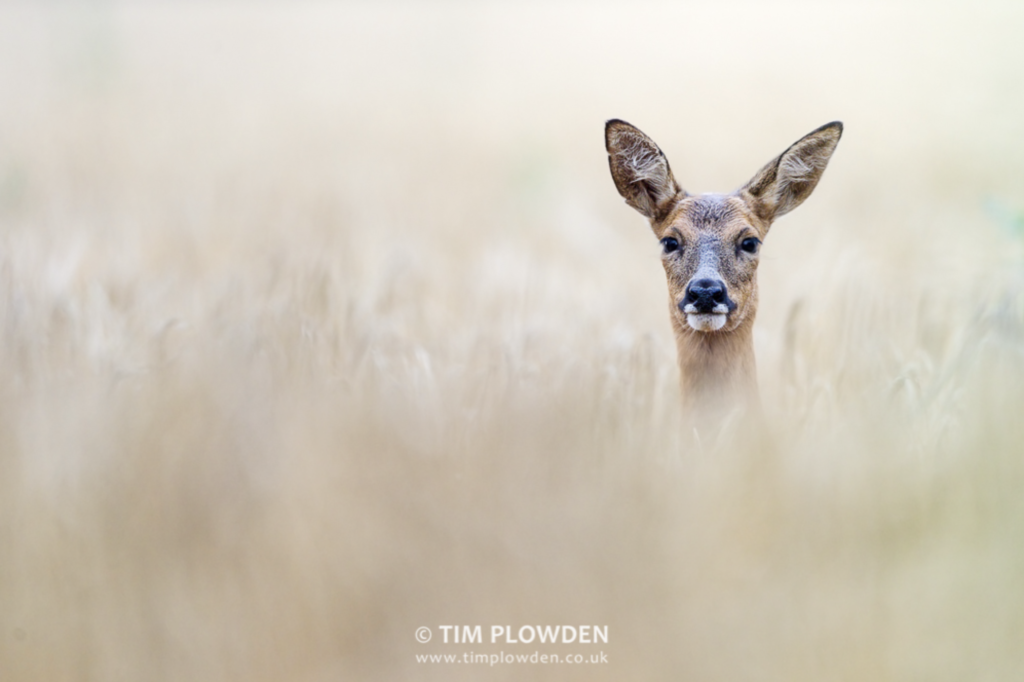
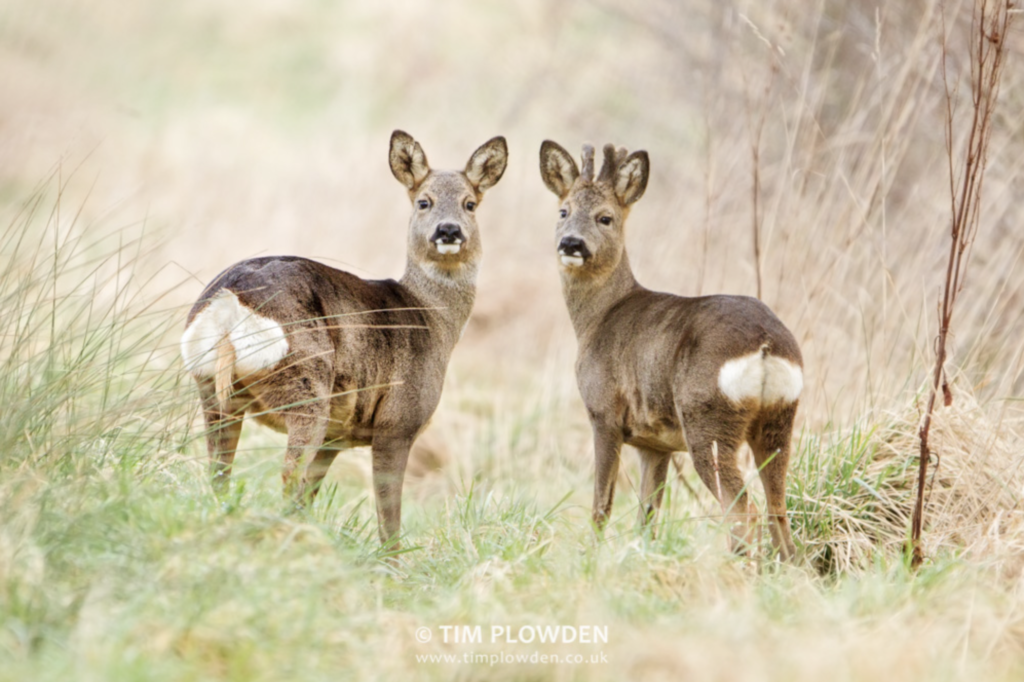
Fast forward a decade or two and Tim is a multi-award-winning photographer, documentary filmmaker and writer working with a wide range conservation NGOs. He is best known for being able to communicate conservation issues and solutions with his informative and visually stunning photography. He has documented illegal wildlife trade and often films undercover. In 2015 he worked with Alaska-based musician Christel Veraart on a film called The Return of the Salmon in Alaska which won two film awards, was shown in film festivals around the world and has been broadcast on TV.
His latest preoccupation, however, are the oriental pied hornbills that have made their home alongside his in a Singapore apartment – a five-storey condo.
The species had been absent from the city for several generations but, following help from active reintroduction, artificial nest boxes and captive breeding they became a rare success story and a poster child of conservation.
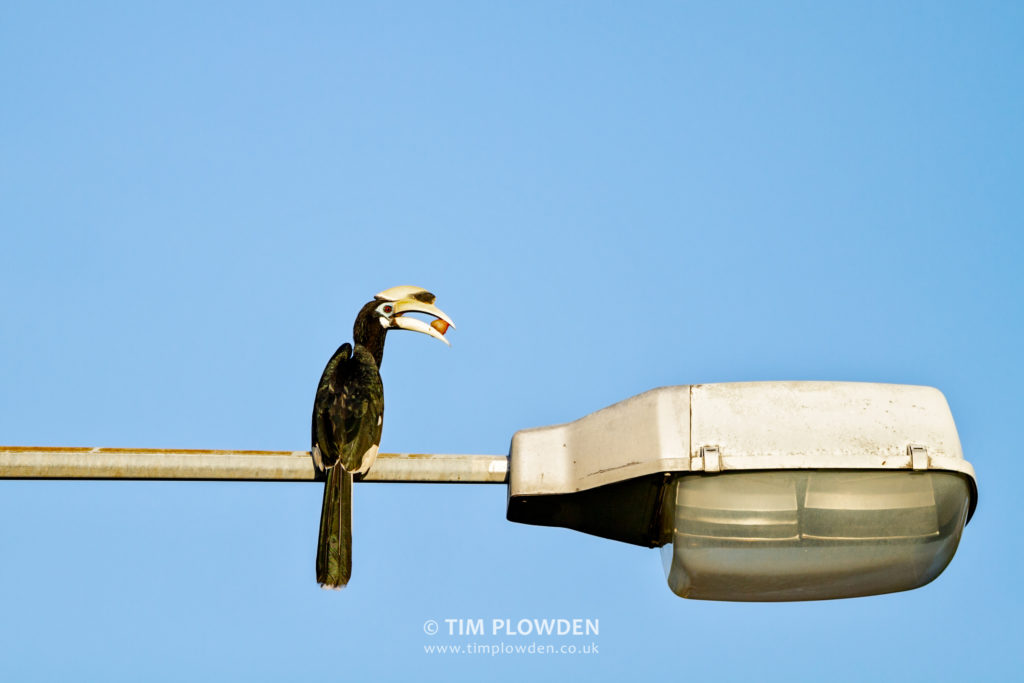
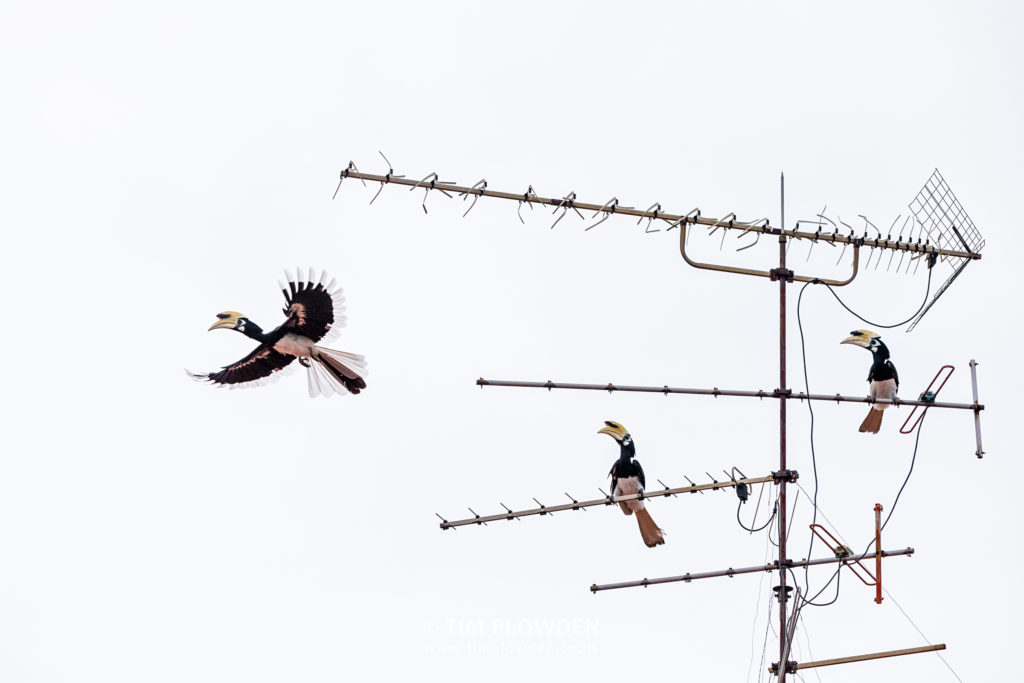
“I was fascinated by the fact that they had been absent for so long. They have a remarkable voice, as well as an unmistakable sound from their wing beats, but the real fascination for me is their long-lashed eyes. As humans we seek eye contact; we believe eyes are the windows to the soul, and with hornbills there’s clearly something going on behind those searching eyes. I guess that’s what I’ve been on a quest to find out in my own small way.”
They are one of the most adaptable species of hornbills in Asia and thrive in a variety of wooded habitats like mangroves and forest edges, but they can also adapt to urban environments if there’s enough food available and suitable trees for nesting.




“Their ability to thrive in forest edge habitats has allowed them to become familiar with residential areas in Singapore where there’s very little buffer between the forest and buildings. Their inherent curiosity led them to visit apartment balconies, especially when people started to feed them fruit. Hornbills are omnivorous and mostly eat fruit, insects, small lizards and perhaps the occasional egg from a small bird’s nest. They’re sociable, too, forming foraging flocks and roosting communally.” All this made them a perfect subject for Tim’s continued observations of the coexistence of people and nature.





“Initially I was drawn by their natural behaviour. That’s usually the motivating factor behind a lot of my wildlife photography. I wonder: ‘What’s the everyday stuff this animal is doing that I can try to interpret in a creative way and help to tell a story?’
“In January 2017, a hornbill pair were nesting in a large tree on the forest edge facing my apartment. So I was documenting the male feeding the female as well as the interactions with other birds nesting in the same tree and that was all very interesting, but I couldn’t get as close as I’d have liked.
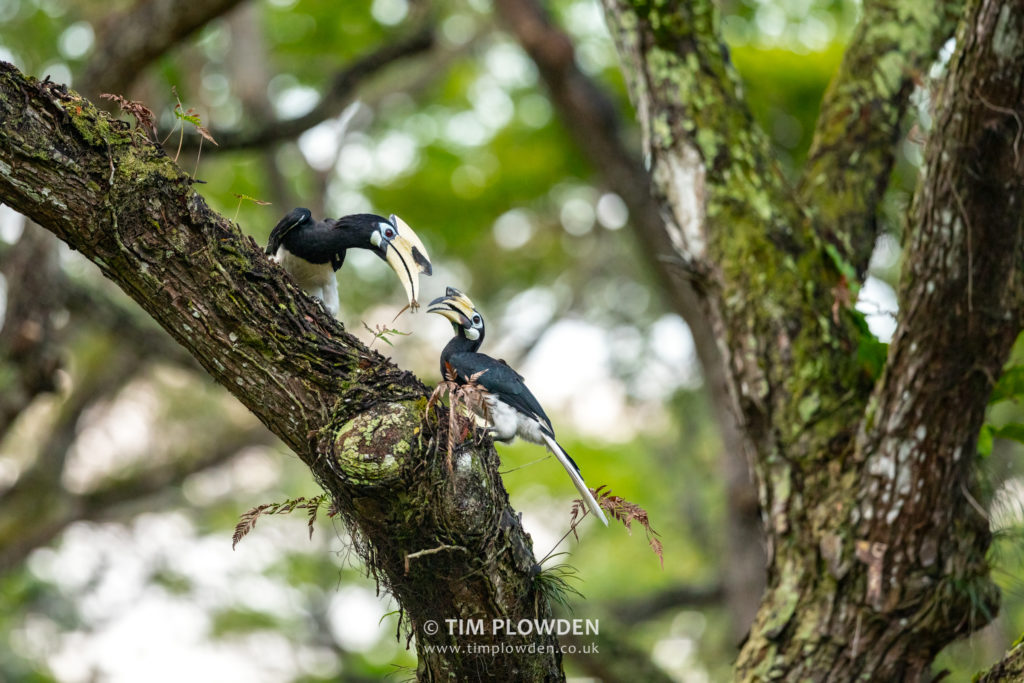
“That was no longer a problem as soon as they fledged when a foraging flock of at least 10 hornbills were all over the trees right in front of our unit. I soon came across them regularly in the nearby park and continued to focus on their natural behaviour and looking at how they forage, interact and play with each other. They were pretty bold as a flock and I was able to get the closer, more intimate shots I was looking for. Then, in January 2019, I started to see some unusual behaviour. I shot and wrote about their social dust bathing behaviour for an article. And then a couple of months later I documented their nest predation behaviour, too.
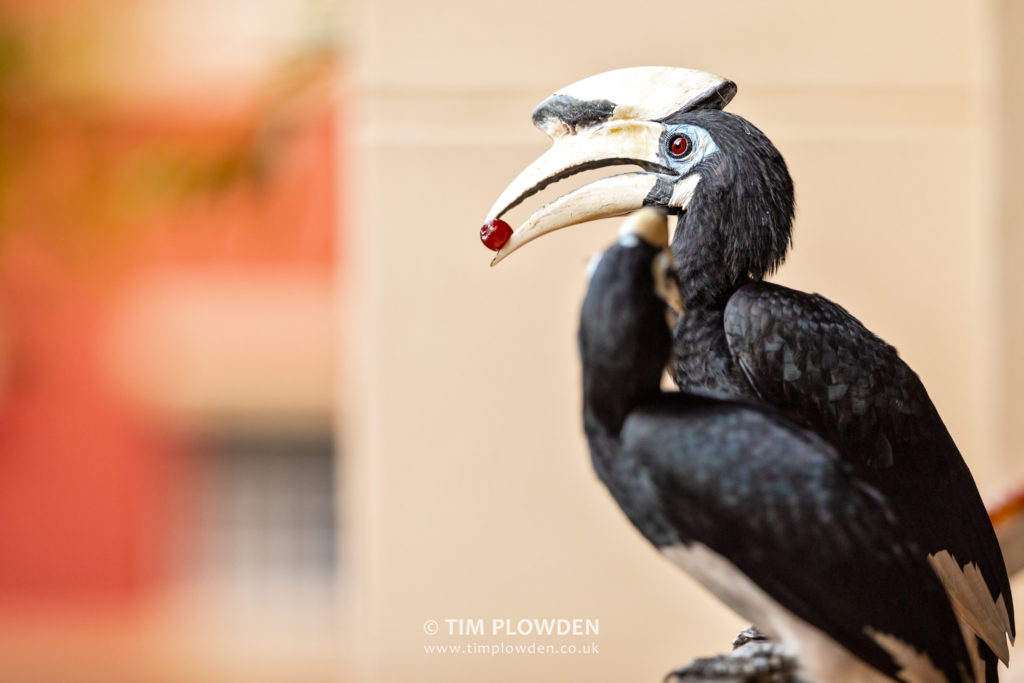

“Things got even more interesting the more time I spent with the foraging flock. I uncovered more about their interaction with people, which included making regular evening visits to a housing estate. The local residents would feed them fruit and the hornbills even tried to nest in the cavities of the building. At this point the purpose of my photography changed radically, partly influenced by reading an MA thesis on wildlife filmmaking. I refocused on a universal truth about nature which is often concealed: the singularity of nature and people and the way in which humans are not separate from nature.





Human wildlife coexistence and adaptation of wildlife to urban environments became vehicles to translate this message. I spent time talking to local residents about their way of life and got a better picture of the human story too. I spoke with some of those feeding the hornbills to understand their motives behind feeding them. One reason was a concern that deforestation and urbanisation had diminished their food supply.
“That does imply an appreciation of environmental concerns. But feeding wild animals is illegal in Singapore, though, so it’s a difficult case to make. I made every effort to not reveal the identities of people feeding them while remaining empathetic to their side of the story. The human desire for a connection with nature is undeniable, but in urban environments it is denied.
“An honest picture of urban wildlife”
“Nonetheless, underlying this project is a desire to create images that show an honest picture of urban wildlife. Instead of abstracting the subject from its environment, I used the environment to frame the subject, leaving no doubt as to the context of our relationship with nature.
“I used different techniques and tools to do this. With the with animals habituated to people in urban environment , I used a wide-angle lens, up close to the birds. To get different perspectives, I used the different floor height of the apartment block and for the compositions, I used the lines and patterns in urban architecture and landscape design to frame the subjects.


“The overarching aim is to promote a harmonious coexistence with wildlife. Various factors contribute to human wildlife conflict, some of which are beyond the control of most people, such as deforestation and climate change. However, if we exercise a choice to respect and understand the wildlife that has little choice to live in our urban habitat then interactions can be peaceful and mutually beneficial.
“Increasingly, I appreciate the need to give audiences a vision of what a healthy and sustainable relationship with nature could look like. Perhaps I am starting to succeed with my new body of work, now I am convinced more than ever that nature is not separate from society.”

What’s next for Tim Plowden?
“I’ve just finished an independently produced short documentary called the Circle of Life, my first since the salmon doc and so far it has won two film awards and seven official selections at international film festivals. I’ve renewed my contract with the Earth Observatory and I’m hoping to complete some interesting projects in collaboration with them in the next 12 months focussing on the human impact of natural disasters and climate change.”
To see more of Tim’s work, take a look at timplowden.co.uk.

